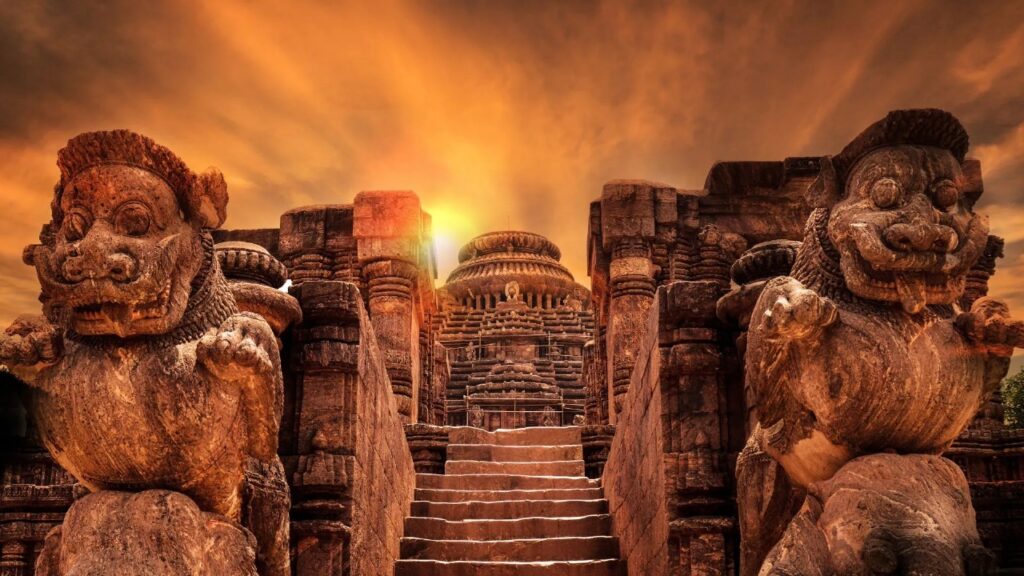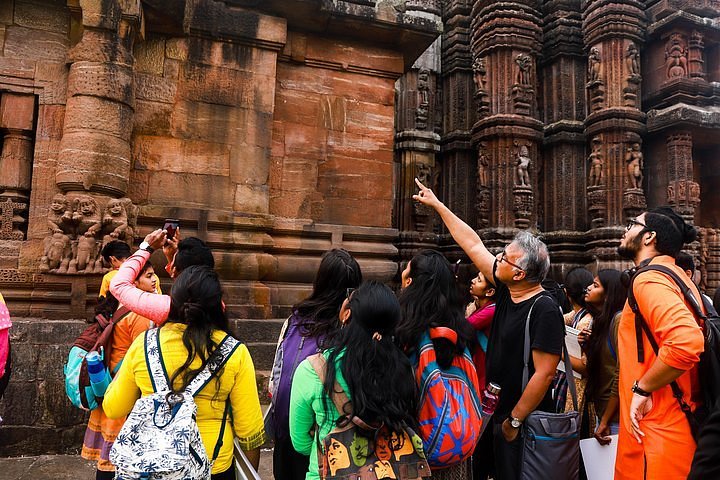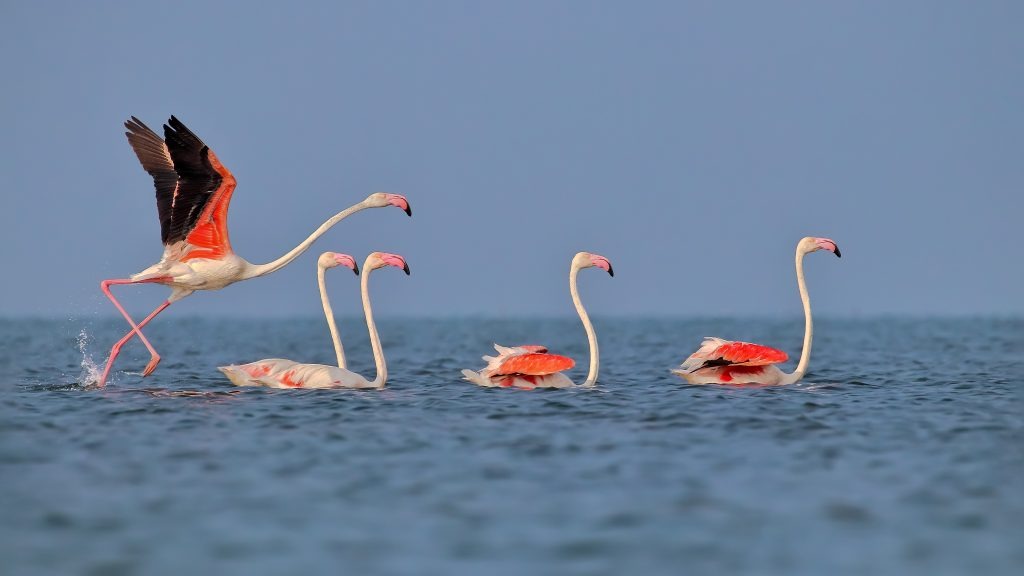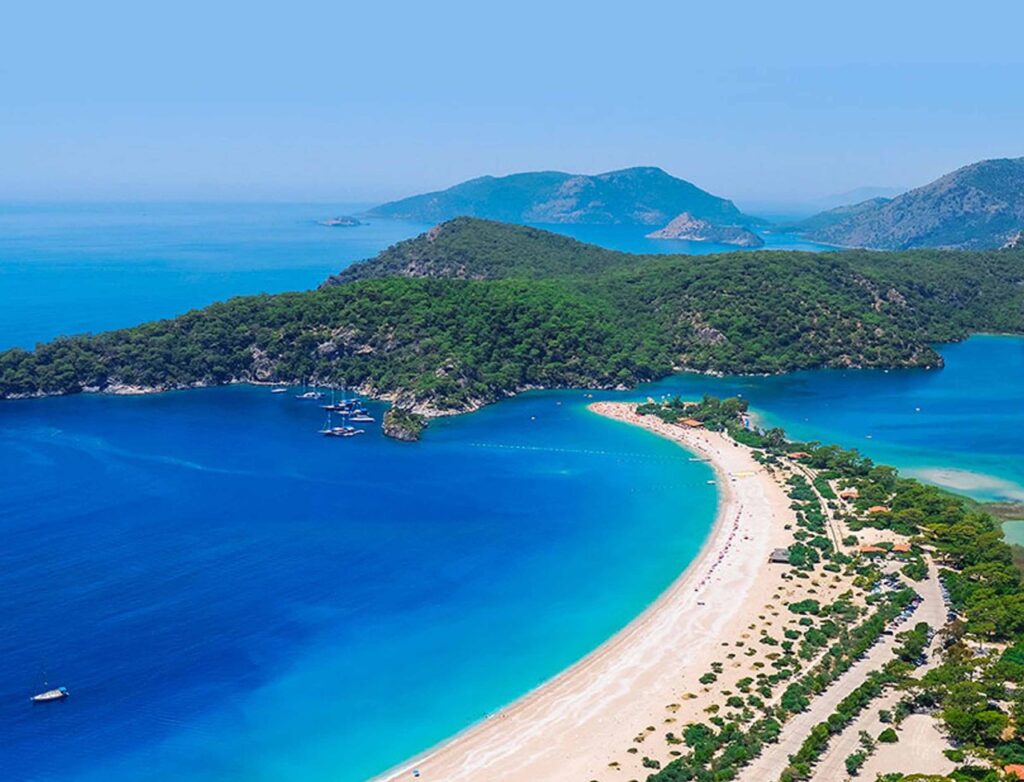
The eastern state of Odisha is known for its ancient traditions, stunning landscapes and deep cultural roots. Today, it is also an emerging global tourism hotspot. Backed by an allocation of ₹820 crore, Tourism Minister Pravati Parida has unveiled an ambitious plan to transform the sector. Heritage conservation, sustainable travel and immersive cultural experiences are the key features of this initiative. Projects range from the restoration of architecture in Bhubaneswar to creating eco-retreats in the Chilika Lake. Thus, through strategic government initiatives, the Odisha Tourism Department aims to curate an experience blending tradition and innovation.
This transformation aims to preserve Odisha’s identity while simultaneously preparing it for global tourism.
The Odisha Heritage Conservation Mission actively restores age-old temples, historic landmarks, and traditional art forms. It is an effort to not only preserve cultural heritage but to also celebrate it. In Bhubaneswar, for example, the Temple Revitalization Project has improved infrastructure, enhanced accessibility, and elevated the overall visitor experience, allowing pilgrims and heritage lovers to connect more deeply with the region’s living legacy. At the same time, government-backed initiatives are empowering artisans across the state, reinforcing Odisha’s commitment to cultural preservation, export, and tourism. Time-honored crafts like pattachitra painting, filigree silverwork, and ikat weaving are once again thriving—both in local communities and on global platforms.
The state is blending deep-rooted traditions with future-ready development. Visitors come for its heritage precincts, sand art festivals, and pristine natural retreats. They engage with both culture and community. Supported by progressive government policies, sustainable tourism frameworks and heritage conservation efforts, Odisha is also transforming the global narrative. It is not just redefining itself as a destination; it is setting a new benchmark for how tourism can honor the past while embracing the future.


As part of its Cultural Tourism Initiative, festivals along the coast now welcome international sand sculptors, cementing the state’s image as a leader in creative coastal tourism.
Complementing these efforts, the Blue Flag Beach Program helps maintain Puri’s beaches to international sustainability standards. The program not only protects the coastal environment but also supports traditional art forms—reflecting Odisha’s dynamic cultural identity and commitment to responsible tourism.
Odisha’s tribal heartlands, largely untouched by modern life, offer travelers a deeply immersive cultural experience. Through the Odisha Tribal Tourism Circuit—endorsed by the Ministry of Tourism—visitors can engage directly with indigenous communities in regions like Koraput and Rayagada. Here, ancient dance forms, intricate beadwork, and handcrafted textiles reflect traditions that have been passed down for generations.

With state-backed preservation grants, tribal communities in Odisha are receiving economic support to sustain their cultural practices while sharing them with responsible travelers. Homestay programs, introduced under Odisha Tourism’s push for responsible travel, offer visitors an authentic experience of tribal life beyond passive observation. Weekly tribal markets, alive with music, color, and movement, serve as vital cultural spaces. These are now being actively protected and promoted through government-led tribal tourism initiatives.
The Chilika Bird Festival, held annually at Mangalajodi, celebrates the arrival of more than 200 species of migratory birds, including the rare Lesser Flamingo. Chilika Lake—Asia’s largest brackish water lagoon—is a key stop along the Central Asian Flyway. Its rich biodiversity draws birdwatchers, researchers, and nature enthusiasts from around the world.

The Odisha government, through the Chilika Development Authority, has implemented extensive conservation efforts to protect the lake’s rich biodiversity. Designated as a Ramsar site, Chilika is safeguarded through wetland restoration, anti-poaching measures, and sustainable eco-tourism initiatives. The Chilika Bird Festival is supported under the state’s Eco-Tourism Policy, which promotes responsible travel while ensuring the lake remains a vital sanctuary for migratory birdlife.
Odisha’s coastal wellness retreats merge traditional healing with modern tourism, offering holistic escapes centered on Ayurveda and yoga. As part of the state’s Wellness Travel Initiative, wellness centers in Gopalpur and Puri are now integrated into Odisha’s broader hospitality strategy. These retreats are drawing global wellness seekers looking to rejuvenate amid natural coastal settings.

Mornings at Odisha’s coastal wellness retreats begin under golden skies, with beachside yoga sessions set to the sound of gentle waves. These resorts, supported by the state’s wellness tourism initiative, offer more than relaxation—they provide transformative experiences rooted in healing traditions. Through government-led hospitality projects, it is positioning itself as a global wellness destination, offering a sanctuary for travelers seeking peace, restoration, and renewal.
Its approach to tourism is driven by more than economic growth—it reflects a long-term vision for cultural preservation and sustainable development. With ₹820 crore allocated to tourism initiatives, the state is actively safeguarding its heritage sites, tribal regions, and ecotourism destinations, while adapting them for today’s travelers. Under the leadership of Tourism Minister Pravati Parida, Odisha Tourism continues to develop immersive and responsible travel experiences. Whether walking along heritage trails, witnessing intricate sand art, or finding solitude in untouched landscapes, visitors are encouraged to engage deeply with the state’s evolving identity. Odisha’s tourism story is firmly rooted in tradition yet sculpted for the future.
Visit The World Times to stay updated!




Beautiful.. nice information.. helpful for people who love to travel..